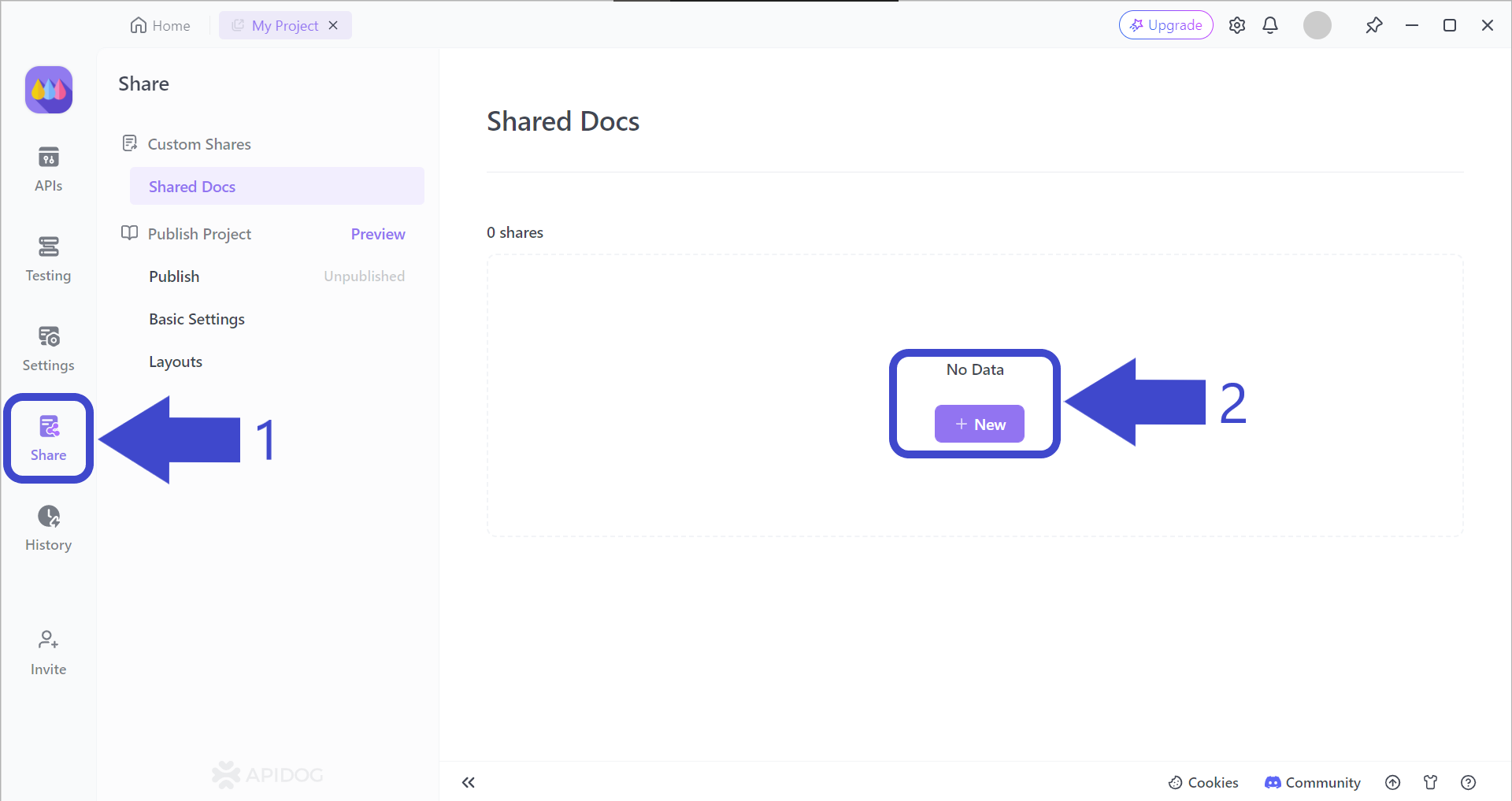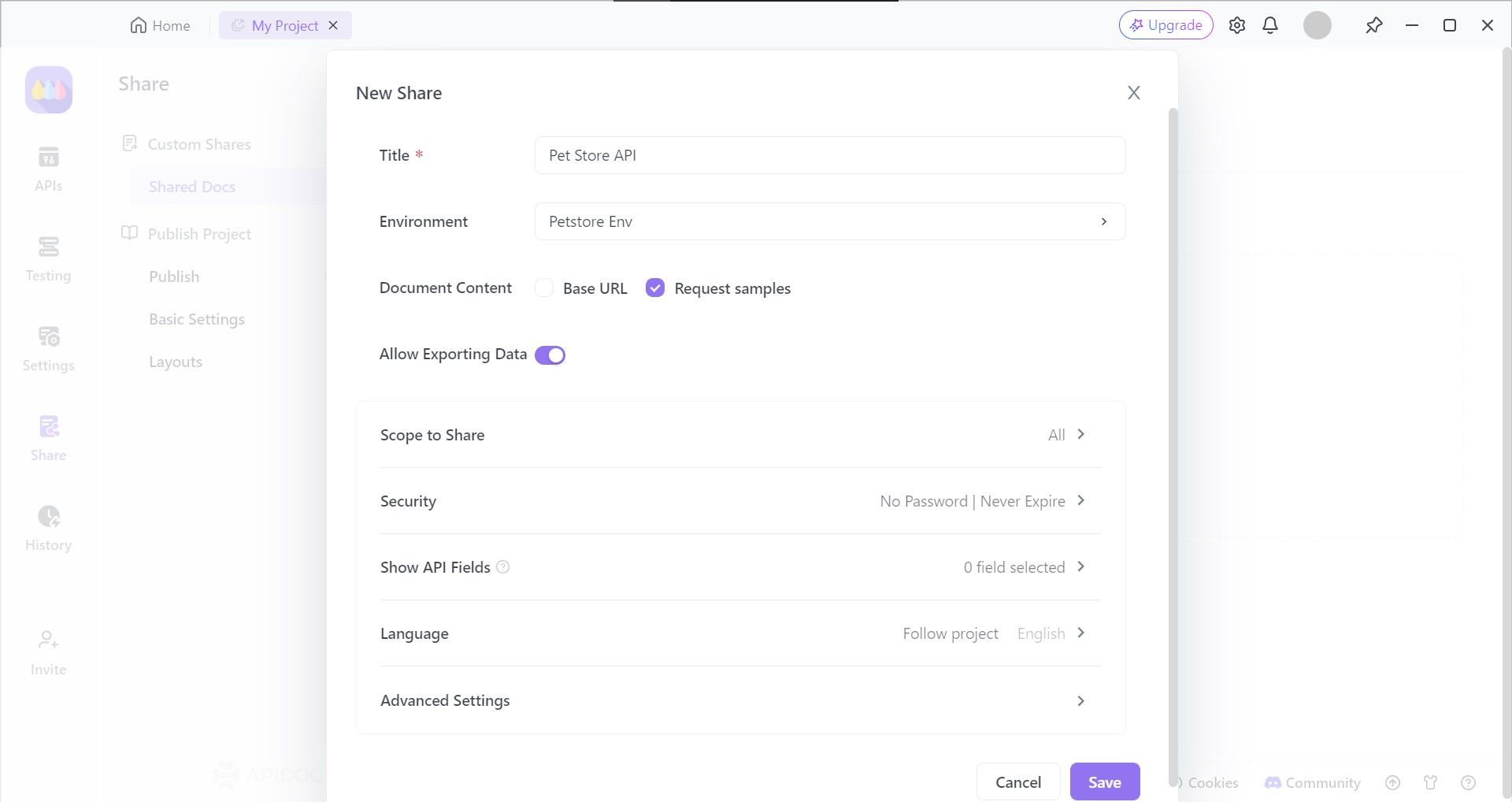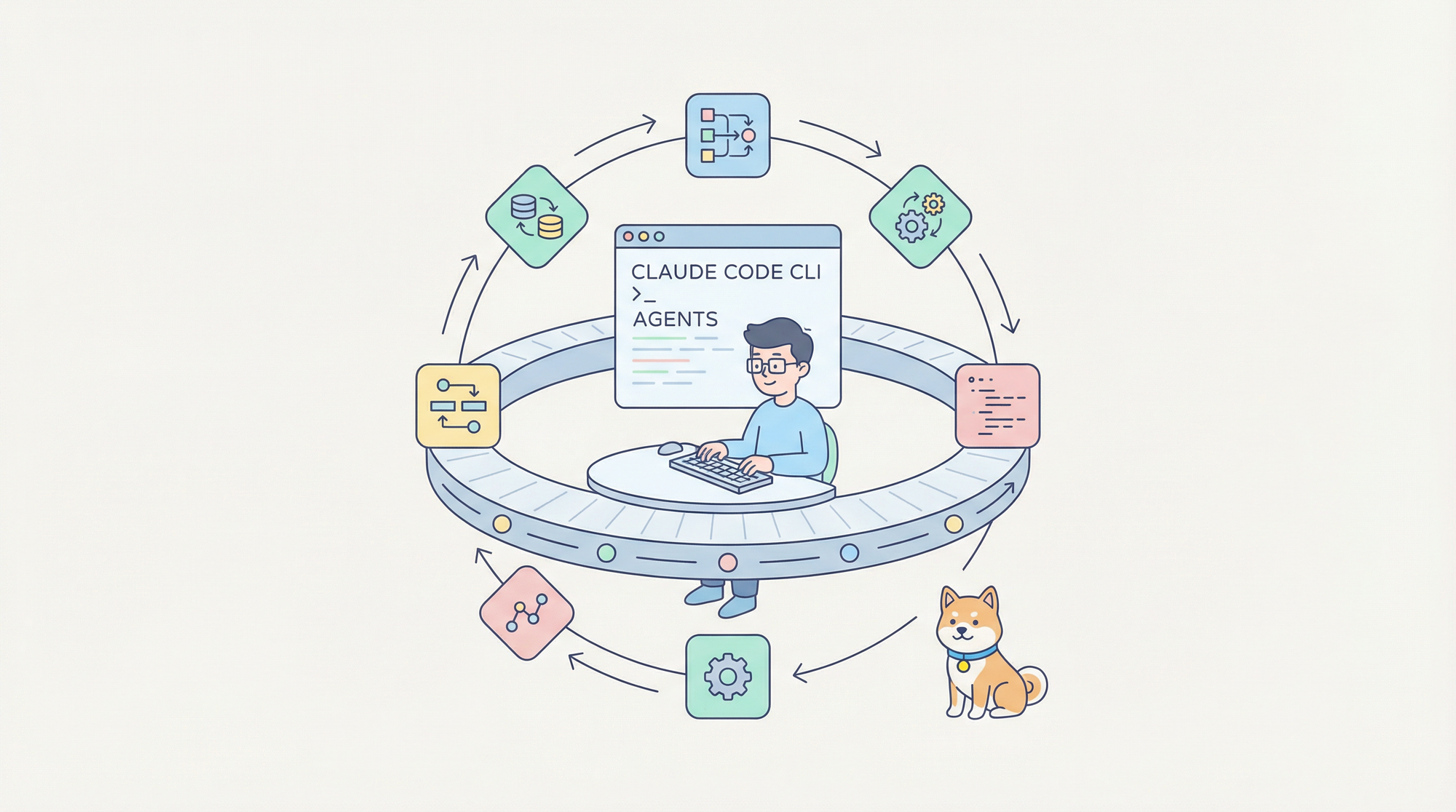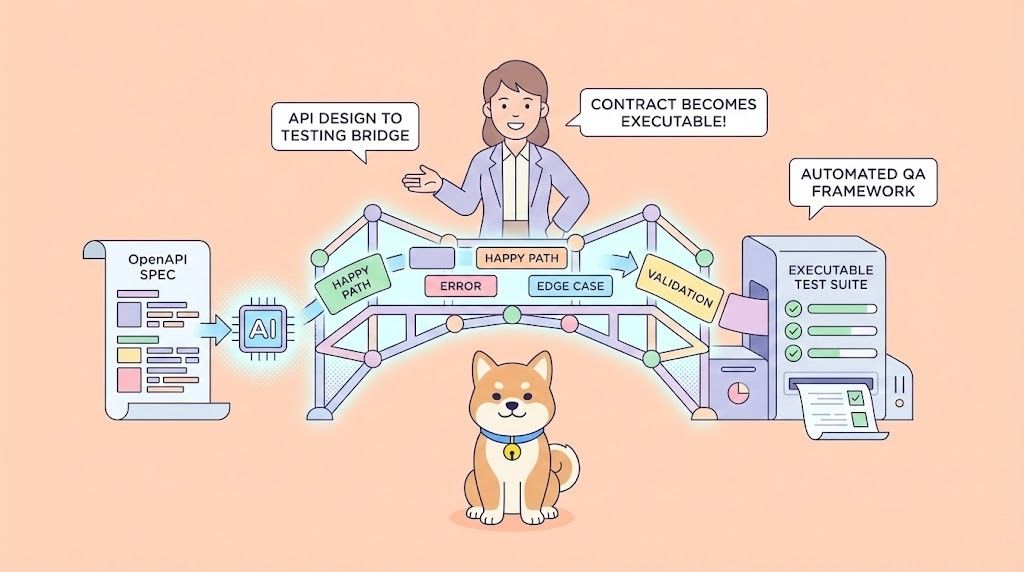UniRest is a developer's first choice when it comes to making requests to APIs for various of computer programming languages. With a lightweight performance that supports many of the most popular languages, it is no doubt a developer's first instinct to pick up the UniRest library.
Consider using Apidog to smoothen developing processes. with a simple and clear user interface to view PAI responses as well as access to tools to build, test, mock, and document APIs, you can single-handedly achieve and manipulate the entire API lifecycle.
To learn more about what Apidog can offer, click the button below!

Why Use UniRest?

UniRest is a highly-sought-for library due to several of its key features, such as:
Simplicity and Ease of Use
UniRest boasts a clean and concise API, making it easy to learn and integrate into your project. This is especially beneficial for beginners who are new to making HTTP requests in their code.
Multi-language Support
A major advantage of UniRest is its versatility. It is not limited to just one programming language, and yet it offers libraries for all supported languages, allowing developers to be comfortable in different environments to leverage its functionality.
Lightweight and Efficient
UniRest is known for being a lightweight library. This means it adds minimal overhead to your project, keeping the overall file size and resource consumption low. This is ideal for situations where you want to prioritize performance.
Adaptability and Flexibility
UniRest provides a good range of features for making HTTP requests. You can handle various request types, send different data formats, and manage asynchronous operations if needed. This adaptability makes it suitable for a variety of use cases.
Integration with CI/CD
UniRest integrates well with Continuous Integration and Continuous Delivery (CI/CD) pipelines. This allows you to seamlessly write integration or end-to-end tests using Unirest, ensuring your application functions as expected throughout the development lifecycle.
How to Understand UniRest Better?
To become an expert in using UniRest, you will need to devote some time to the following steps:
Read UniRest Official Documentation
The official UniRest documentation is a great starting point. It typically covers installation instructions, usage examples for different languages, and explanations of the available methods and functionalities. Look for the specific language you're using for the most relevant information.
Explore Tutorial and Code Samples
Numerous online resources offer tutorials and code samples demonstrating UniRest in various scenarios. Search for tutorials related to your programming language and desired use case (e.g., "UniRest GET request in Python"). These can provide practical examples that can solidify your understanding.
Experiment and Get Hands-on
The best way to learn is often by doing. Set up a simple project and try using Unirest to make HTTP requests to a public API. This will help you familiarize yourself with the syntax and learn how to handle different functionalities. Many APIs have easy-to-use documentation and playgrounds for experimentation.
Find Video Tutorials
Platforms like YouTube often have video tutorials on using UniRest. Watching someone walk through the process can be helpful, especially for visual learners. Search for videos with clear explanations and demonstrations relevant to your language.
Engage With Developer Communities
If you get stuck or have specific questions, online forums and communities dedicated to your programming language can be a valuable resource. Search for communities related to UniRest or your language and ask questions. You can also find discussions about common challenges and solutions.
Additional Tips
- Look at the source code of the UniRest library for your language (if available). This can give you a deeper understanding of how it works internally.
- New users to HTTP requests should generally take some time to learn the basics of REST APIs and HTTP methods (GET, POST, PUT, DELETE). This foundation will make using UniRest more intuitive.
- Consider attending workshops or online courses related to API development or HTTP communication. These can provide a structured learning environment and cover best practices.
Apidog - One-Stop Solution to Bridge Client Code and APIs
Developers will need to connect their client-side code to backend servers so that consumers can start utilizing their applications. However, the key to connecting both sides together is through APIs. This is where an API tool like Apidog comes in.

Generating Specific Programming Code for UniRest with Apidog
As UniRest is available in many programming languages, such as NodeJS, Java, and PHP, you can utilize Apidog's automatic code generator.

First, make sure to have Apidog downloaded, and that you have created a new project. You can begin the process of generating the client code by finding the </> The image above shows the button around the top right corner of the Apidog window.

Next, select the programming language in which you wish to generate code. As this article revolves around the UniRest framework in Java, we shall generate Java code. Now, all you need to do is copy and paste the code into your IDE (Integrated Development Environment)!
Generate Your API Documentation with Apidog
Apidog has the tools needed for users to generate beautiful, descriptive API documentation based on what has been designed and included during your API development stage.

Arrow 1 - First, press the Share button on the left side of the Apidog app window. You should then be able to see the "Shared Docs" page, which should be empty.
Arrow 2 - Press the + New button under No Data to begin creating your very first Apidog API documentation.
Select and Include Important API Documentation Properties

Apidog provides developers with the option of choosing the API documentation characteristics, such as who can view your API documentation and setting a file password, so only chosen individuals or organizations can view it.
View or Share Your API Documentation

Your API documentation is now ready for distribution! It is entirely up to how you wish to share your API documentation - what consumers need is the URL and they can start reading your documentation!
If more details are required, read this article on how to generate API documentation using Apidog:

Conclusion
UniRest's documentation serves as a valuable asset for developers seeking to streamline HTTP communication within their applications. It offers clear instructions for various programming languages, guiding users through installation, core functionalities, and practical usage examples. This comprehensive approach empowers developers to leverage UniRest's strengths, including its simplicity, multi-language support, and efficient design.
By delving into the documentation and exploring the available resources, developers can gain the confidence to make informed decisions when integrating UniRest into their projects, ultimately enhancing their development experience.





